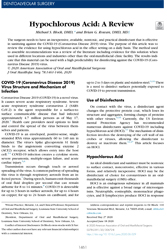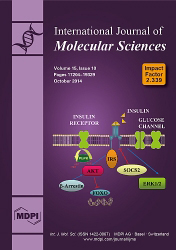 |
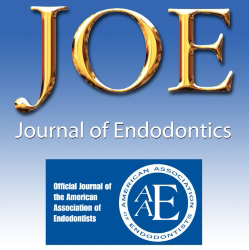 |
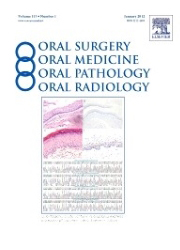 |
|
International Journal of Molecular Sciences 17.7 (2016): 1161 Effectiveness of hypochlorous acid to reduce the biofilms on titanium alloy surfaces in vitro |
Journal of Endodontics 42.7 (2016): 1120-1125 Bactericidal Effect of Strong Acid Electrolyzed Water against Flow Enterococcus faecalis Biofilms |
Oral Surgery, Oral Medicine, Oral Pathology, Oral Radiology, and Endodontology 107.2 (2009): 295-298 Antimicrobial efficacy of 4.2% sodium hypochlorite adjusted to pH 12, 7.5, and 6.5 in infected human root canals |
|
Microbe(s): Escherichia coli, Porphyromonas gingivalis, Enterococcus faecalis, Streptococcus sanguinis ABSTRACT - Full Text PDF 223 PDF |
Microbe(s): Enterococcus faecalis ABSTRACT - Full Text PDF 254 |
Microbe(s): Enterococcus faecalis ABSTRACT - Full Text PDF 35 |
 |
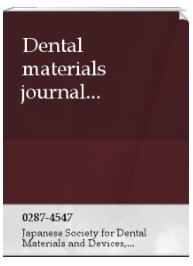 |
 |
|
JOURNAL OF MICROBIOLOGY-SEOUL- 44.4 (2006): 417 Antibacterial effect of electrolyzed water on oral bacteria |
Dental materials journal 21.2 (2002): 93-104 Durability of bactericidal activity in electrolyzed neutral water by storage |
Oral Surgery, Oral Medicine, Oral Pathology, Oral Radiology, and Endodontology 87.1 (1999): 83-87 Bactericidal effect of electrolyzed neutral water on bacteria isolated from infected root canals |
|
Microbe(s): Total Microbial Count ABSTRACT - Full Text PDF 76 |
Microbe(s): Staphlycoccus Aureus ABSTRACT - Full Text PDF 78 |
Microbe(s): Total Microbial Count ABSTRACT - Full Text PDF 67 |
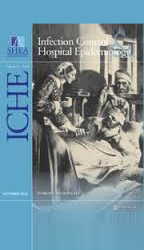 |
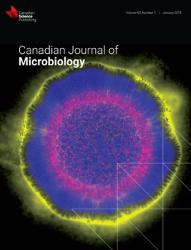 |
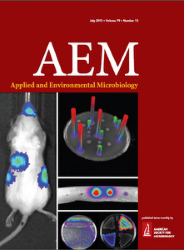 |
|
Infection Control & Hospital Epidemiology 35.12 (2014): 1505-1510 Evaluating use of neutral electrolyzed water for cleaning near-patient surfaces |
Canadian Journal of Microbiology 58.4 (2012): 448-454 Efficacy of acidic and basic electrolyzed water in eradicating Staphylococcus aureus biofilm |
Applied and environmental microbiology 73.14 (2007): 4463-4468 Evaluation of liquid-and fog-based application of Sterilox hypochlorous acid solution for surface inactivation of human norovirus |
|
Microbe(s): Total Microbial Count, methicillin-susceptible Staphylococcus aureus (MSSA), methicillin-resistant Staphylococcus aureus (MRSA) ABSTRACT - Full Text PDF 184 |
Microbe(s): Staphlycoccus Aureus ABSTRACT - Full Text PDF 170 |
Microbe(s): Viruses, Norovirus ABSTRACT - Full Text PDF 88 |
 |
 |
 |
|
Artificial Organs 28.6 (2004): 590-592 The Bactericidal Effects of Electrolyzed Oxidizing Water on Bacterial Strains Involved in Hospital Infections |
Bulletin of Osaka Medical College 48 (2003): 29-36 A novel electrolyzed sodium chloride solution for the disinfection for dried HIV-1 |
International Journal of Molecular Sciences 17.7 (2016): 1161 Effectiveness of hypochlorous acid to reduce the biofilms on titanium alloy surfaces in vitro |
|
Microbe(s): Multiple ABSTRACT - Full Text PDF 80
|
Microbe(s): Viruses, HIV ABSTRACT - Full Text PDF 106 |
Microbe(s): Escherichia coli, Porphyromonas gingivalis, Enterococcus faecalis, Streptococcus sanguinis ABSTRACT - Full Text PDF 223 |
 |
 |
 |
|
A new acid-oxidizing solution: assessment of its role on methicillin-resistant Staphylococcus aureus (MRSA) biofilm morphological changes |
Direct electric current treatment under physiologic saline conditions kills Staphylococcus epidermidis biofilms via electrolytic generation of hypochlorous acid |
Canadian Journal of Microbiology 58.4 (2012): 448-454 Efficacy of acidic and basic electrolyzed water in eradicating Staphylococcus aureus biofilm |
|
Microbe(s): Methicillin-resistant Staphylococcus aureus, MRSA ABSTRACT - Full Text PDF 225 |
Microbe(s): Staphylococcus epidermidis ABSTRACT - Full Text PDF 16 |
Microbe(s): Staphylococcus aureus ABSTRACT - Full Text PDF 170 |
|
|
Click here for CDC FAQ regarding Sodium Hypochlorite Solution.

